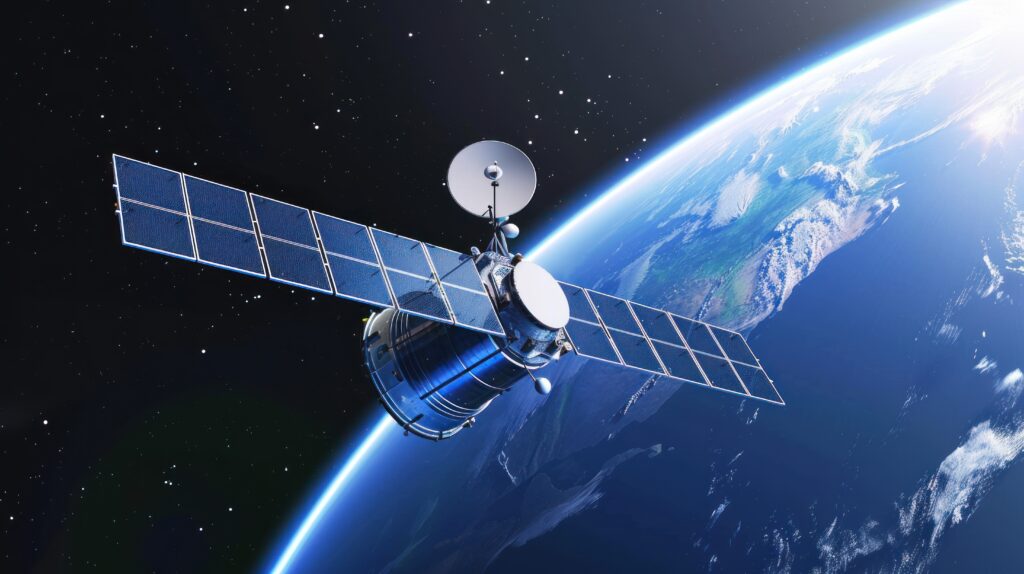
What Are the Most Advanced Technologies Being Developed Today And What Do They Mean for Investors?
In a world undergoing unprecedented technological acceleration, a new generation of transformative technologies is fundamentally reshaping industries, economies, and societies. These innovations—ranging from artificial general intelligence to quantum computing, synthetic biology, brain-computer interfaces, and beyond—represent not only massive leaps in scientific capability but also entirely new paradigms for how humans interact with the world around them.
For investors, these breakthroughs are not merely exciting; they are essential. The ability to identify, understand, and fund the right technologies at the right stage can determine the winners and losers of the next economic era. Yet, frontier tech investing also brings challenges: high uncertainty, long R&D cycles, regulatory hurdles, and often opaque commercialization paths.
This article offers a comprehensive review of the most advanced technologies in development today, a breakdown of their fund stage dynamics (Seed to Growth), and a cross-sector investment thesis tailored to their unique risk/return profiles. It’s designed for sophisticated investors looking to engage with innovation that will define the next decade.
Advanced Technologies: Sector-by-Sector Overview

1. Artificial General Intelligence (AGI) & Foundation Models
- Stage: Series A–Growth. Industry leaders like OpenAI and Anthropic are raising late-stage rounds, but supporting infrastructure—like fine-tuning platforms, vector databases, and safety layers—are entering Seed and Series A.
- Thesis: Focus on verticalized AI tools (e.g., AI for law, finance, or biotech), secure deployment frameworks, and foundational infrastructure. Favor companies with differentiated data access and explainability tools.

2. Quantum Computing
- Stage: Predominantly Seed–Series A, with selected companies at Growth (e.g., IonQ IPO). Still deep-tech with few scalable commercial applications today, but rapidly growing interest from enterprise and government sectors.
- Thesis: Prioritize companies building quantum software abstraction layers, developer platforms, and vertical use cases in chemistry, logistics, and encryption. Seek co-investments with defense primes and scientific consortia.

3. Synthetic Biology & Biomanufacturing
- Stage: Seed to Growth. Lab-stage R&D platforms are raising Seed, while scale-up firms (e.g., bio-CDMOs, enzyme producers) are moving toward Growth rounds.
- Thesis: Look for scalable, repeatable bioprocesses. Focus on product platforms that leverage programmable biology—particularly in sustainable materials, therapeutics, and industrial fermentation. Consider public-private infrastructure alignment.

4. Space Technologies & LEO Economies
- Stage: Seed to Growth. Satellite analytics and software are Series A–B. Space manufacturing, debris management, and biotech in microgravity are typically Seed.
- Thesis: Avoid high-CAPEX launch players unless vertically integrated. Invest in data, software orchestration, and edge-processing platforms. Future-proof with dual-use potential (civil + defense).

5. Brain–Computer Interfaces (BCIs)
- Stage: Seed–Series A. Invasive BCIs (e.g., Neuralink) are still in early clinical phases. Non-invasive applications (EEG, neurofeedback, brain monitoring) show faster adoption curves.
- Thesis: Focus on therapeutic applications: stroke rehab, paralysis, PTSD treatment. Favor companies with early FDA traction or that serve as platform tech for neurophysiology or diagnostics.

6. AI + Robotics (Physical Intelligence)
- Stage: Series A–Growth. Warehouse automation and co-bots are at commercial deployment; humanoid robotics still Seed or early Series A.
- Thesis: Back robotics companies that pair general-purpose LLMs with task-specific training. Invest where hardware, software, and data feedback loops are tightly integrated. Look for B2B sales with short payback periods.

7. Web3, ZK Tech & Decentralized Infrastructure
- Stage: Seed–Series A. The shift from consumer tokens to developer infrastructure and privacy-enhancing technologies has clarified the investable landscape.
- Thesis: Focus on zero-knowledge proofs (ZKPs), rollups, modular blockchain layers, and compliance-first DeFi. Avoid speculative applications unless backed by robust protocol teams.

8. Next-Gen Energy (Batteries, Fusion, Carbon Tech)
- Stage: Growth for solid-state batteries; Seed–Series A for carbon capture, hydrogen, and nuclear fusion. Timelines vary significantly by sub-sector.
- Thesis: Pair venture capital with climate-aligned grant funding. Invest in IP-rich, infrastructure-adjacent solutions that align with national climate targets or emerging carbon markets.
Cross-Sector Investment Thesis
Investing in frontier technologies requires a refined lens—one that accounts not just for technical promise, but for team capability, regulatory risk, capital intensity, and global strategic relevance. Across sectors, successful theses share several common principles:
- Technical Maturity: Fund companies post-proof-of-concept but pre-saturation. Look for validated core science with clear commercial pathways.
- Moats & Defensibility: Prioritize novel IP, first-mover regulatory positions, and proprietary datasets. Avoid commodity tech unless paired with a unique business model.
- Capital Efficiency: Favor platforms with built-in scaling multipliers (AI, synbio, Web3 infra). Be cautious with hardware unless it’s fully integrated into a service model.
- Market Tailwinds: Climate action, aging demographics, geopolitical resilience, and data sovereignty create macro demand that supports otherwise speculative tech.
- Exit Pathways: Look for optionality—public markets, industrial buyouts, sovereign-backed scale, or ecosystem-dependent acqui-hires.
Stage-Based Portfolio Strategy:
- Seed: Back deep-science founders with domain expertise, compelling technical milestones, and go-to-lab validation.
- Series A/B: Focus on derisking—market traction, regulatory milestones, manufacturing capability. Fund scale and partnerships.
- Growth: Invest where customer contracts, enterprise usage, or infrastructure lock-in drive platform dominance.
Final Thoughts: Navigating the Frontier
Frontier technology investing demands a level of conviction—and patience—that differs from traditional software cycles. The rewards are often transformative: entire categories reshaped, new ecosystems created, and defensible returns generated through IP, data, and network effects. But risk is equally present.
The right strategy blends:
- Fast-turn commercial wins (AI copilots, robotics-as-a-service)
- Strategic infrastructure (space data, synbio supply chains)
- 10-year moonshots (AGI, BCIs, fusion, decentralized sovereignty)
Ultimately, investing in these technologies isn’t just a financial decision—it’s a generational opportunity to fund the breakthroughs that will define our world.





